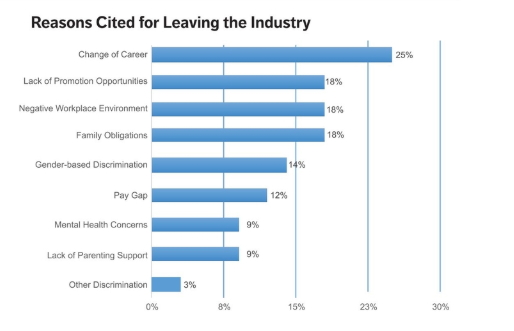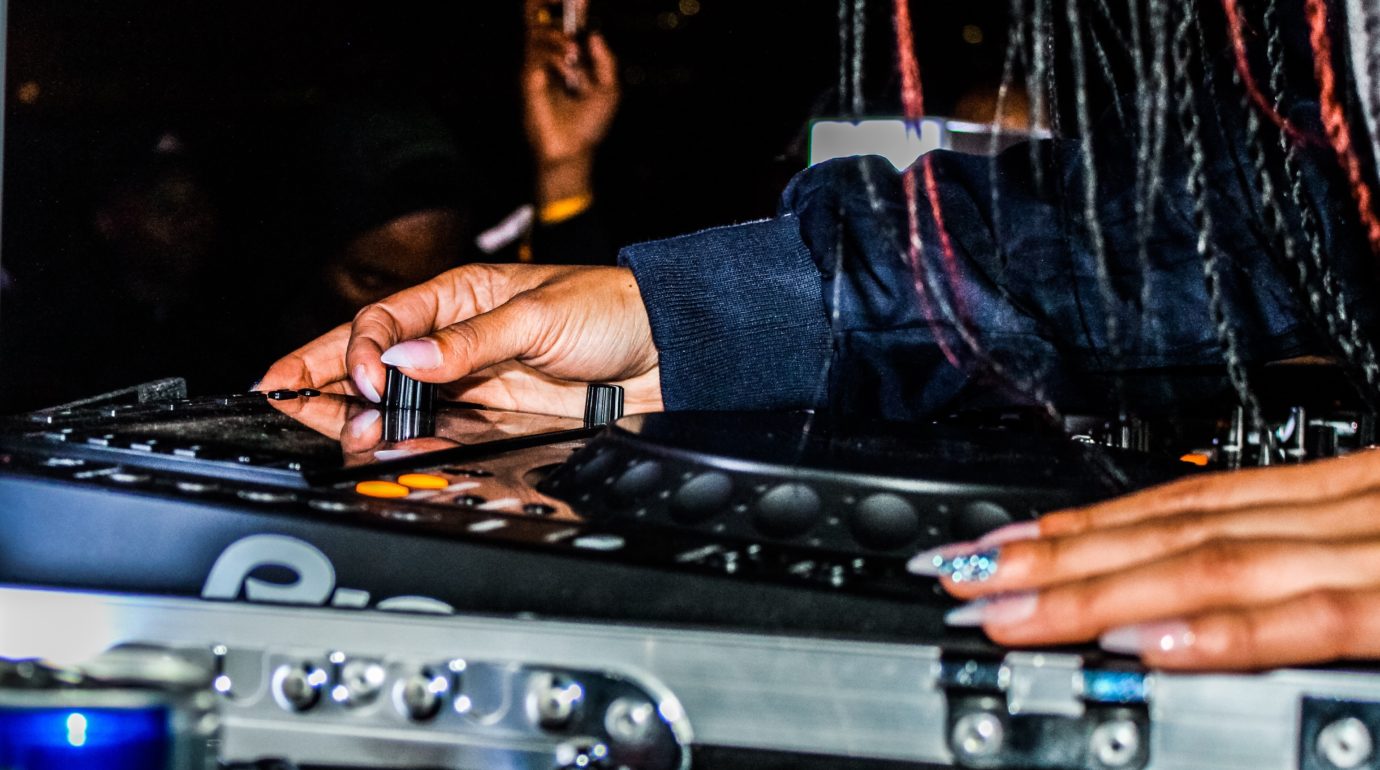It is common knowledge that of all the theatrical disciplines, the field of design, production, and technical theatre are the most male-dominated (with costuming being the exception). The question worth asking is why, and a new survey by Millikin University in Decatur, Ill., may provide the answer.
Drawing on 589 responses from female-identifying designers and production personnel, the study found two key obstacles faced by these groups: gender discrimination and lack of support for working parents. According to Caitlyn Garrity, writing in the September 2019 issue of Theatre Design & Technology, the quarterly magazine published by the United States Institute for Theatre Technology (where the full survey can be found), “The study data advances our ongoing discussions about gender equity and parity while providing insights into the specific challenges of women+ at work.”
Of the 589 people who responded to the study, 533 (90 percent) reported having experienced a negative work environment, gender-based harassment, and/or pay disparity. One lighting designer and technician in the survey described being called “sweetheart, honey, chick, baby doll” by her male colleagues, and being “asked out on calls, or even proposed to, given creepy gifts, and then when I politely refuse, they call me ugly names and then are impossible to work with.”
Study respondents worked in a number of fields, from stage management to lighting production to scenic design. The fields with the highest instances of harassment were in sound design, lighting production, and lighting design; 93 percent of women who work in those fields reported experiencing gender discrimination.
According to the study, this kind of treatment has consequences. Of the 533 respondents, 266 (50 percent) reported leaving the field, citing discrimination, workplace harassment, and lack of support for parents as their reasons. Said one respondent, “I was demoted after they found out I was pregnant. I lost my position after a very short maternity leave. I have been told straight up that I will not progress because I chose to have children over having my career be my main priority.”
Parents made up 19 percent of people who answered the survey, and among that cohort only 21 percent reported ever being offered maternity leave by their theatre company or union. And 59 percent reported needing an ad-hoc babysitter when they worked. Writes Garrity, “The research suggest two major areas in dire need of change: workplace environments and family support. Technical theatre has an obligation to uphold a positive workplace environment for all people and provide support for parents. Without this welcoming environment, we will lose countless artists and their skills, further shrinking the pool of theatre practitioners to a select few.”

This is not the first study to point out the lack of diversity in theatrical design. Lighting designer Porsche McGovern published multiple studies around the numbers of male and female designers hired at League of Resident Theatres, and found that women were only hired for 29 percent of design positions, and that the most male-dominated design field is in sound, the most female-dominated in costuming.
The Millikin study’s conclusion is one that has been reached by many in the theatre industry. Recently, there has been more conversation around better working conditions for parents and caregivers, spurred by organizations such as Parent-Artist Advocacy League; the Playwrights Realm in New York City recently launched an initiative that included paid childcare and flexible rehearsal schedules. The industry is also in the midst of conversations around how to address workplace harassment and discrimination, inspired by Not in Our House in Chicago and public lawsuits filed by theatre practitioners against large institutions.
But suffice to say, while it is important for theatres to hire diverse personnel (especially because all-female design teams are still a rarity, so much so that when they happen, it’s newsworthy), it’s not enough. Parenting and harassment are workplace issues that still disproportionately affect women. That is why in addition to hiring diverse talent, theatres need to make sure they take steps to retain them by making workplace culture less toxic and more sustainable over the long term for artists at all stages of their career.


